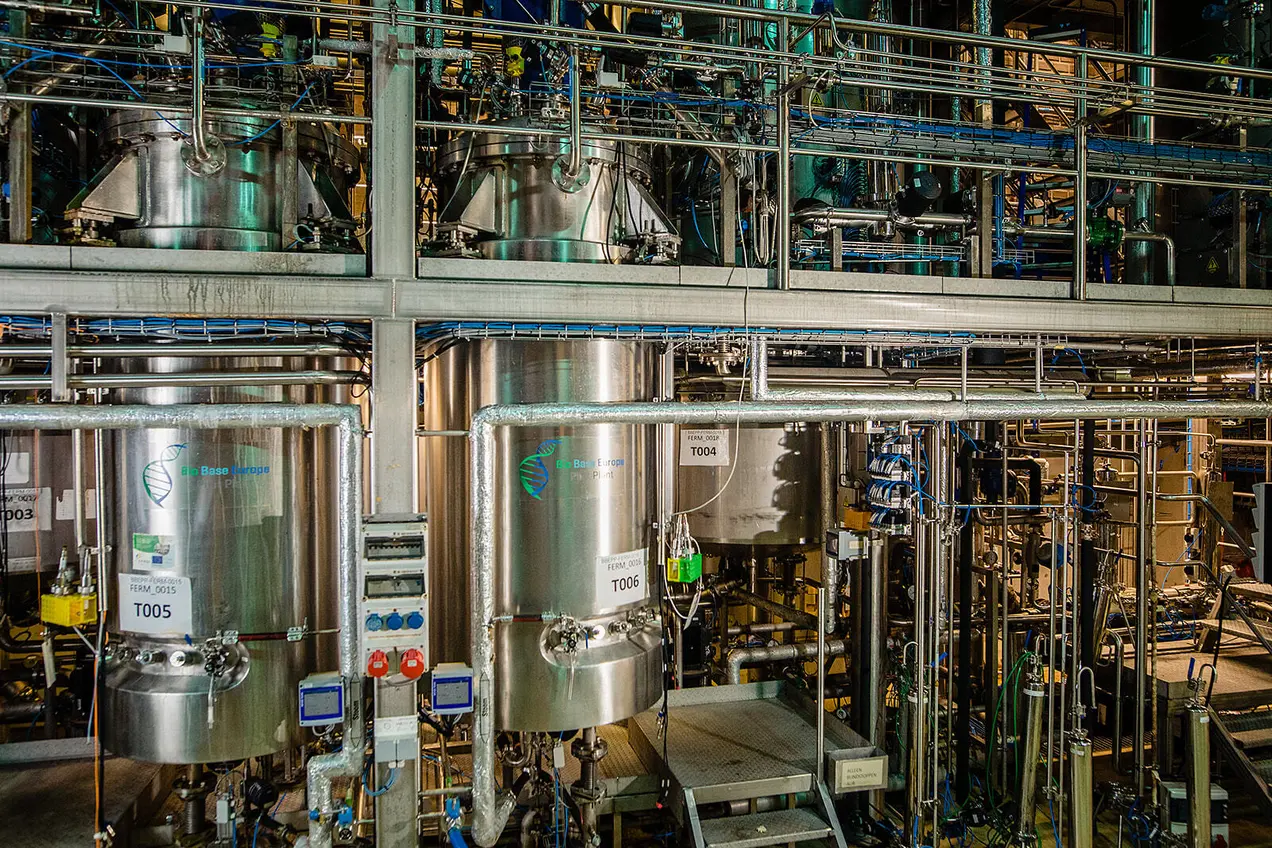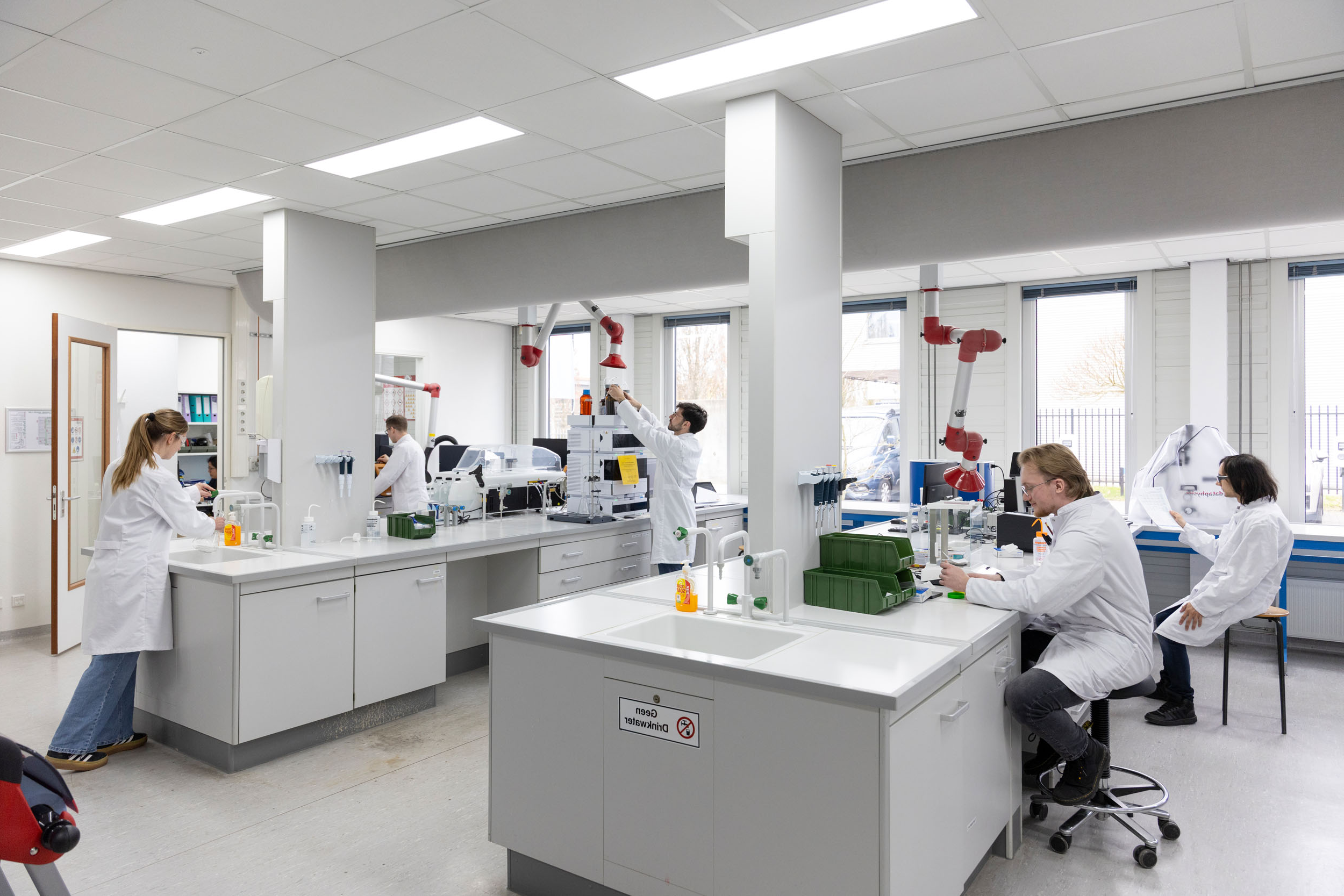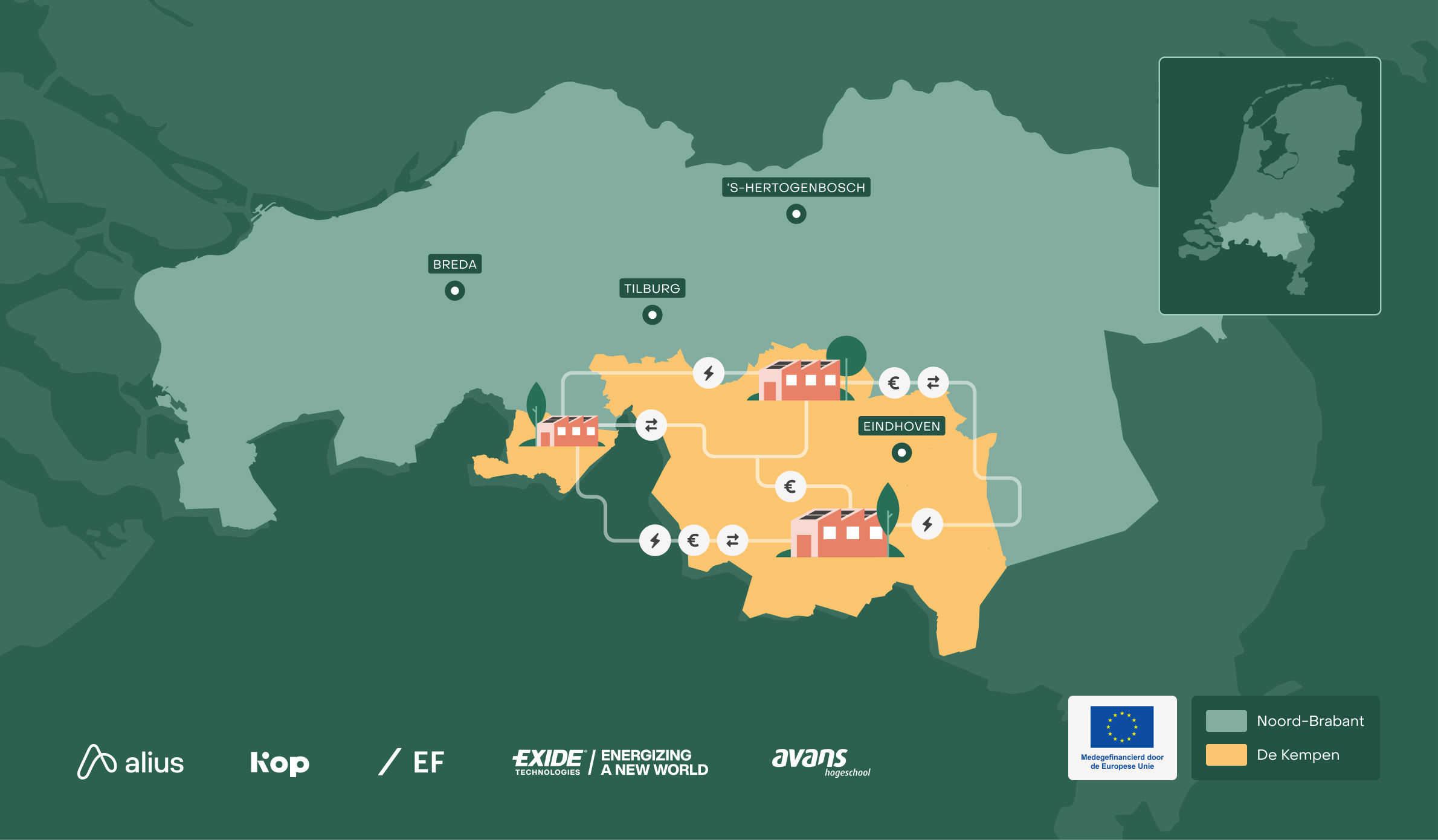We start in the field
In Europe, millions of tons of straw, leaves and stems are left unused on the land every year. These lignocellulose-rich waste streams are not edible for humans and hardly suitable as animal feed, but contain high-quality carbon — a crucial ingredient for the chemical building blocks of plastics, coatings and adhesives. MNEXT works together with partners such as Looop and BioGrowth Development to determine how much of this biomass is available and can be sustainably harvested, without affecting soil fertility and biodiversity.
In terms of policy, the theme is more topical than ever: residual flows are seen as the key to sustainability without competing with food production. But in practice, attention is mainly focused on technological development — on new reactors, fermentation processes and catalysts. What is often missing is the logistical and spatial dimension: where exactly is that biomass, how much can we harvest without depleting the soil, and how do we get it efficiently to the refinery? These are precisely the questions that led to this project.
Spatial analyses as a foundation
Our strategy lies in spatial data integration. We connect data from six crops (corn, rice, barley, oats, wheat and two oil crops) with locations of industrial centres, transport infrastructure and environmental restrictions. Philippa Roots, expert in spatial analytics at MNEXT, develops models that show where in Europe, for example, a biorefinery can be built with the highest chance of success. Crucially, not all residual flows may be harvested: some remains behind to keep the soil healthy. Without these harvest quotas, we would deplete our natural capital.
Development of scenarios
Under Philippa’s leadership, we programmed various scenarios. From a ‘green first’ scenario with short transport distances and strict harvest limits, to more optimistic versions that use higher volumes. Our model links biomass units to potential refinery locations and calculates how much ethylene can be produced with them — the basis for polyethylene. The preliminary results show that lignocellulose alone can cover approximately 20% of the current ethylene demand, with much depending on the proper organisation of transportation of biomass. If we also include sugars and woody fractions (not included in this project), that share can grow considerably.
Whitepaper and blueprint for scaling up
This year we will publish a whitepaper in which MNEXT clearly explains the Feeding Refineries methodology. Together with project partner BioGrowth Development, we are working on an open ‘blueprint’: other researchers and companies can then directly apply our method to different biomass or residual flow types. In this way, we accelerate the transition to a circular chemical sector, in which residual flows are no longer a problem, but rather a source of value.
Preconditions and policy
Of course, large-scale application requires investments: in biorefineries, green hydrogen, sustainable energy and—not to forget—digital data management. International policy also plays a key role; the regulations on cross-border transport of agricultural waste are currently still unclear. MNEXT is investigating how we can remove this obstacle, so that biomass can flow efficiently and circularly through Europe.
MNEXT shares knowledge and builds bridges
At MNEXT, we believe that knowledge sharing is crucial. At conferences such as Renewable Resources & Biorefineries in Finland, Philippa will present the first results of this project in a year’s time. “There is already a lot of research into biofuels,” she says, “but biobased building blocks for the chemical industry are still in their infancy.” With Feeding Refineries, we are filling that knowledge gap and showing that lignocellulose is not only sustainable, but also offers economic prospects.
Outlook: from exploration to practice
Feeding Refineries is a one-year exploration project, but MNEXT sees the potential for a much greater impact. After completion, we want to start industrial pilots with the most promising locations and invite partners to invest together. In addition, we are investigating how our model can be applied to other residual flows – think of sawmill waste or roadside cuttings. The goal is clear: a circular chain in which fossil raw materials are completely replaced by biobased alternatives, for the entire chemical sector.
When we look at the map overviews, we don’t just see dots; we see opportunities. For farmers who find an additional source of income, for chemical companies that reduce their CO₂ footprint, and for a soil that remains vital for future crops. Feeding Refineries is the testing ground for MNEXT in which we combine systems thinking, advanced spatial analyses and ecological responsibility. In this way, we are building the sustainable chemistry of tomorrow.







